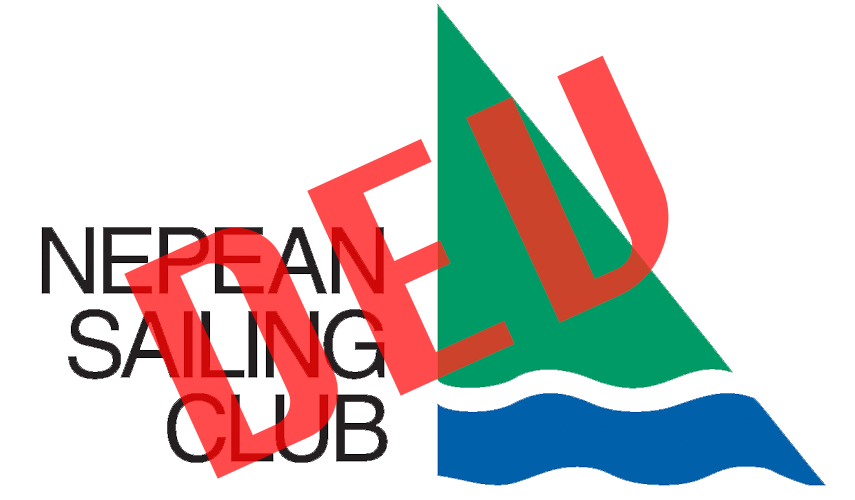This post has been superseded by nsc.ca/an/racing/si/prp-explanation/.
The 2017 NSC/BYC Sailing Instruction have introduced new Post-Race Penalties (PRPs) which give competitors another option for resolving on-water disputes and rule infractions. Until now, boats that broke a rule while racing could take a two-turns penalty, if they did so immediately after the incident. But thereafter, the only penalty option available was to retire after finishing (RAF).
Per SI 20.6, now boats that realize they may have broken a rule have the option of taking a 20% PRP, if they accept this penalty before the end of the protest time limit (i.e. midnight the day after racing, for weeknight racing). They take such a penalty by sending an e-mail as explained here.
So why the change? There were several factors that drove the introduction of SI 20.6. As explained in this 2012 Sailing World article, a general consensus has evolved that on-water penalties should more appropriately “fit the crime”, and that alternative penalties less than disqualification should be available to competitors after a race. Such reduced penalties are increasingly available at events where arbitration[1] is used, but given the multi-club nature of our interclub racing, formal arbitration is not practical.
The objective of the PRP is to promote dialog amongst competitors, and to encourage people to take penalties when they break a rule. While the two-turns penalty may be appropriate for dinghies, it is a slow and potentially dangerous manoeuvre in a large keelboat, and the reality is that very few boats avail of this option. Since few people enjoy spending the evening in the protest room, many minor incidents went unchallenged in the past, which may not be a good thing, as the offending boat might not even have realized that they potentially broke a rule.
When protests were filed, not infrequently the protested boat was unaware that they might have fouled the other boat. However, regardless of how minor the incident might have been, their only option after learning of the incident was to retire after finishing.
The introduction of the PRP encourages competitors when they come ashore to consult their rule books, discuss incidents at the bar with their fellow competitors, and if they realize they broke a rule, to accept an appropriate penalty. If the competitor waits until they are notified of a protest against them, instead of voluntarily taking the penalty before the expiration of the protest time limit, then the penalty increases to 30%. (The 20%/30% is determined as outlined in RRS 44.3(c).) It should also be noted, that per RRS 44.1(b), if a boat causes injury or serious damage, then the appropriate penalty is to retire.
A boat that is fouled on the water and intends to protest is still obliged to comply with RRS 61.1(a), hail “Protest”, and fly a flag. But they should discuss the incident with the other boat after the race so that the other boat is both aware of the impending protest, and so that they have the opportunity to take a 20%, vs 30%, PRP, if they so choose. If the other boat does agree to take a PRP, then they should cc the protesting boat when accepting their penalty, as that may negate the need for a protest.
Sailors are encouraged to consider the option of PRPs, and discuss this option with their fellow competitors. Feedback to the Fleet Captain, through Fleet Reps, is encouraged.
Hugh Morrin
1. Arbitration is addressed in Appendix T of the 2017-2020 Rule Book, and provides for Post-Race Penalties when arbitration is implemented by the Sailing Instructions. When arbitration is in place, a boat that is protested, and then advised during arbitration that they would most likely be disqualified if they proceeded to a protest hearing, may take a 30% PRP.
